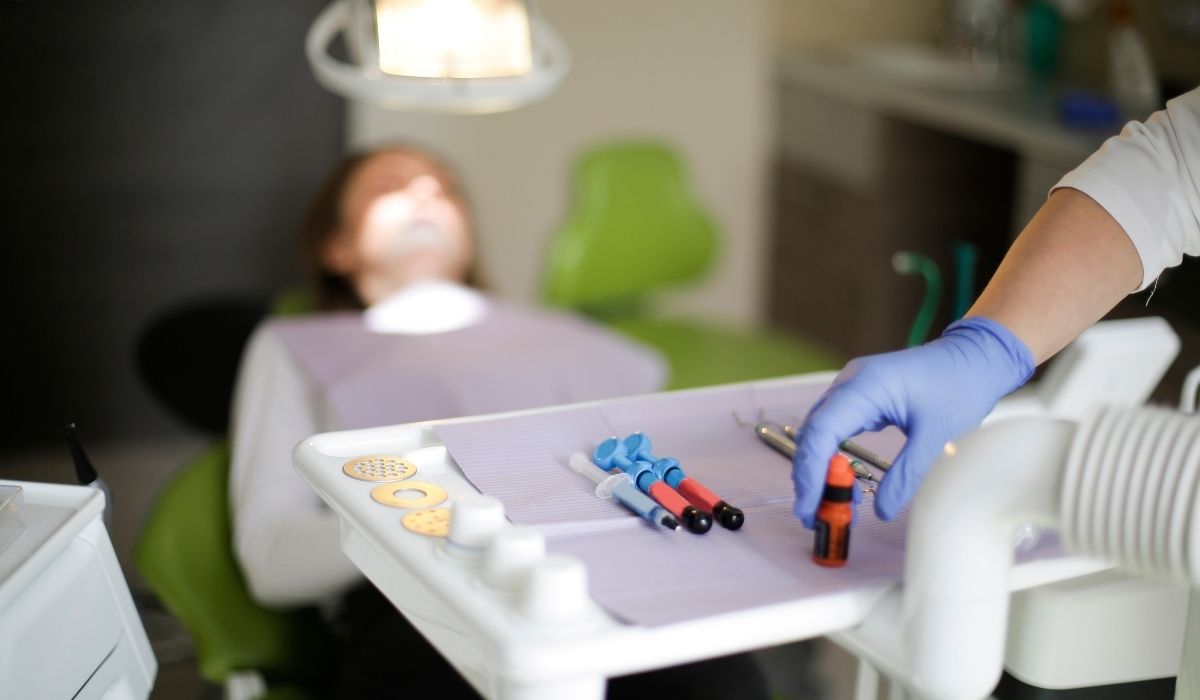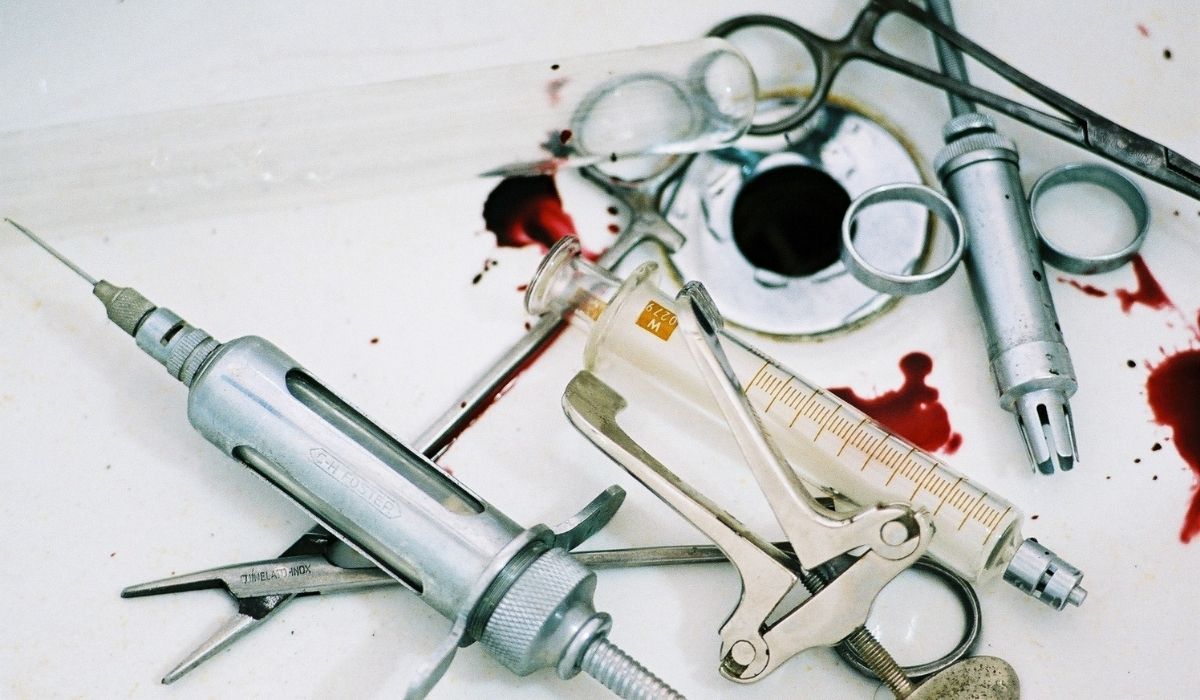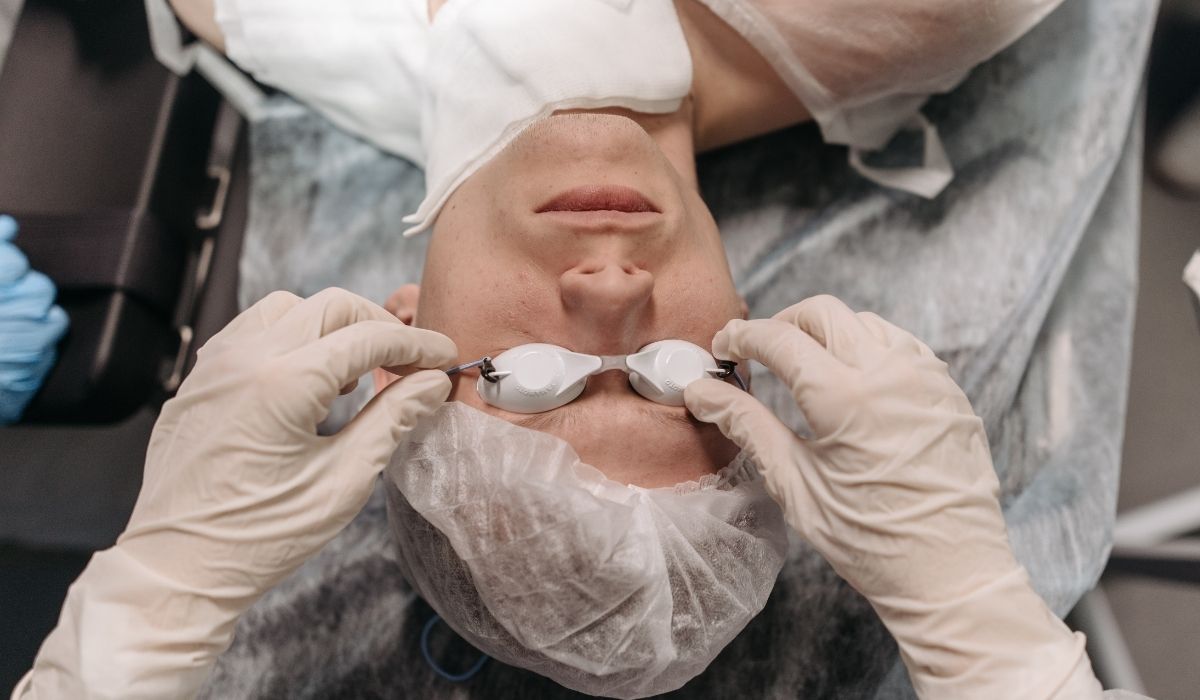Cataract Surgery Innovations: State-of-the-Art Techniques for Brighter Tomorrows
Cataracts are a common vision problem that affect millions of people worldwide. As we age, the lenses of our eyes become cloudy, leading to blurred vision and difficulty seeing clearly.…




